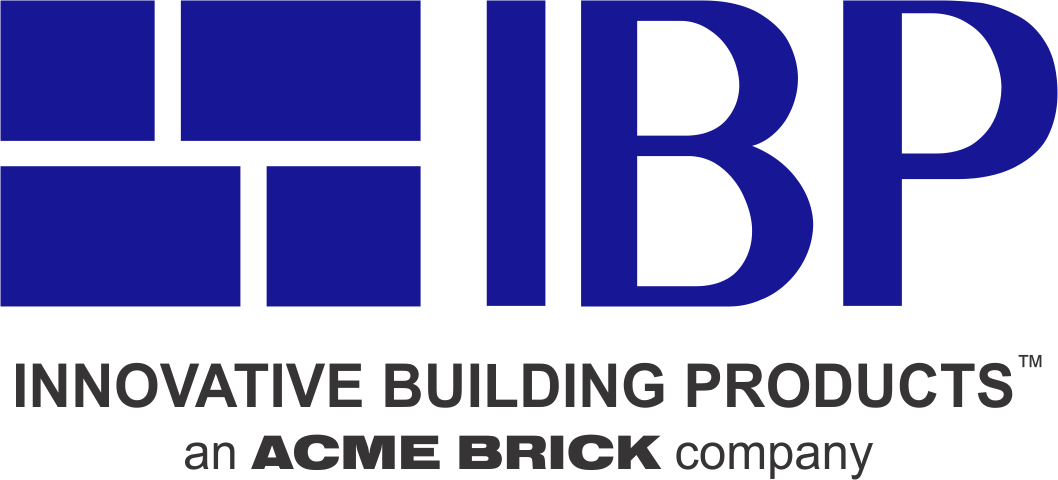The design and construction of homes and commercial buildings has traditionally been an industry that is based on what is “tried and true.” However, supply chain bottlenecks, a dearth of skilled workers, fluctuating interest rates, increased customer demands, and the constant pressure to maintain some semblance of profitability have all induced developers, architects, and home and commercial builders to “do more with less.”
So, it is no surprise that technology is changing the way residential and commercial construction occurs. One of the “tallest” of the “high” tech tools is artificial intelligence (AI). It is also one of the least understood by professionals who see raw land and can imagine a master-planned community or shopping center but might be flummoxed by technology!
What This Means for You — Artificial intelligence, sometimes referred to as “machine learning,” is fundamentally changing every industry, including, and especially, architectural design and construction. To find out why and how, read on.
For more than 130 years, Acme Brick has been a valued partner in the residential and commercial construction industries. For information on including brick in your next project, talk to an expert.
Text-To-Image Generation
Even the earliest “builders” in ancient Greek and Roman cultures understood that time was indeed money. These early construction “companies” developed building materials —usually natural products such as stone and heat-tempered clay, which became brick—and design methodologies that could be scaled for maximum productivity. In many ways, this is what AI is doing for contemporary construction projects.
At its most basic, AI technology “learns” what makes building projects more efficient, visually interesting to client preferences, and energy efficient. This starts with data aggregation, which is made possible by the massive computational capacity of modern computers and text-to-image generators.
According to Green Building & Design magazine, ”As AI text-to-image generators mature, they may be poised to become a dynamic contributor to the creative process, generating numerous design options in a matter of moments.
“This ability to create images out of a written prompt, both simple and complex, opens a plethora of design possibilities. What used to take designers and artists hours can be generated in a fraction of that time.
“AI text-to-image generators are deep learning models that can generate images from textual descriptions using computer vision techniques. These models are typically trained on large datasets of text-image pairs, allowing them to learn to associate textual descriptions with visual features in images.
“Ultimately, AI text-to-image generators have the potential to revolutionize the design industry by allowing everyone to create realistic, high-quality images quickly and efficiently.”
Similarly, there are AI programs that can help builders specify the color and style of brick for exterior walls, the types (brands, prices, and all other factors) of windows that clients desire for maximum climate efficiency, the size and brand of HVAC, and even kitchen appliances that best fit the lifestyle of the home buyer family.

Prompts Rule
The human factor is critical to gaining efficiency from artificial intelligence. Why? The design and building plan are only as good as the prompt.
As GBD magazine points out, “No matter what service or program you are using, it’s paramount to start off with the right input prompt.
“Producing a good prompt for AI text-to-image generators involves providing clear and detailed instructions that describe the desired image, but what does a good prompt entail?”
The experts at the magazine note some tips to create a good prompt:
“Specificity is key. The machine only comprehends as much as we feed into it. To attain a highly definitive visual result, provide specific details about the image you want the AI to generate. For example, if you want an image of a person, include details like age, gender, hair color, and clothing style.
“Use adjectives. Descriptive adjectives help the AI understand the style or mood of the image. For example, use words like “vibrant,” “dark,” or “surreal” to describe the image.
“Avoid ambiguity. Ambiguous language or phrases could confuse the AI. Always use clear and direct language to describe the image you want.
“Provide examples. Providing examples of images that match the desired style or mood can help the AI understand what you are looking for. For example, “Baroque style” could already refer to ornate or elaborate designs.
“Be concise. Keep the prompt concise and to the point. Avoid providing unnecessary details or information that may distract or confuse the AI.”
How Higharc Is Using AI
A recent article in BUILDER magazine highlighted a company that is digitally transforming the residential and commercial construction industry by using AI.
“Higharc is a connected platform that helps home builders transform how they design, sell, and build new homes and communities.
The CEO of Higharc, Marc Minor, said the company was born out of the idea of applying digital manufacturing—the idea that you can represent a product and manufacturing process in a digital form and have that information travel across the whole value chain—to the home building industry.”
BUILDER magazine added, “The company said the adoption of its generative design technology helped builders eliminate 90 days from the design cycle of new communities in 2023.”
Other Online Tools from Acme Brick
Architects and builders can easily access online tools from Acme Brick. Masonry Designer allows construction teams to build virtual wall sections of nearly any size and export them as bitmap images. A brick size can be chosen, then brick color, mortar color, and coursing.
According to Britt Stokes of Acme Brick, “You can build walls of multiple colors, brick by brick if you choose—and even incorporate other Acme Brick Company products such as Featherlite Concrete Block products, including our Palo Duro burnished line.

